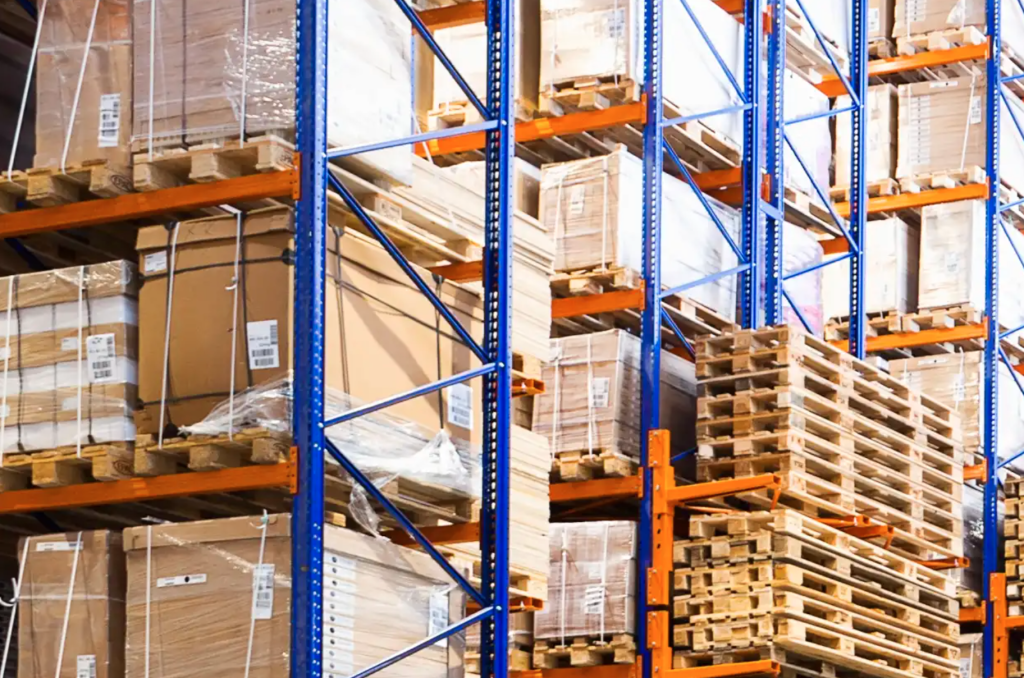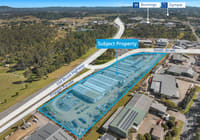
The industrial and logistics boom: How long will it last?
After a record-smashing year spent chalking up $16 billion in investment sales volumes, the industrial warehousing and logistics sector is looking ahead with confidence – even as costs rise 40 per cent.
Despite land shortages, low vacancy rates – currently at an historic 0.4 per cent in Sydney – inflation, rising costs and the potential for interest rate hikes, experts in the field attending a seminar organised by the Property Council of Australia (PCA) NSW feel there’s still plenty of momentum.
“Everyone wants high-quality, serviced industrial land and there are more tenants knocking on the door now than potential landlords to partner with them,” PCA Western Sydney regional director Ross Grove told the event’s 500 attendees. “It’s been a very, very busy time in the sector.”
Globally, the industrial and logistics property sector has performed strongly over the past two years, said Sass J-Baleh, CBRE’s head of industrial & logistics research Australia.
Trends already transforming the sector over the past decade have accelerated in all markets, particularly in e-commerce, food manufacturing and logistics, cold storage, and pharmaceuticals and life sciences.
“There’s been strong occupier demand, with the national total floorspace take-up reaching 4.2 million square metres, which is double the long-term average, and rental growth averaging 4.5 per cent in 2021 for super prime assets,” she said. “There’s also been greater capital allocation, leading to further yield compression, and total investment sale volumes at a record high in 2021.”
These strong fundamentals are still driving the sector around the world, with the COVID-19 pandemic transforming customer buying habits and accelerating the shift to online shopping, which are revolutionising the storage, distribution and delivery of products
In Australia there are still many positives pushing these changes. There’s a huge amount of foreign capital coming into the sector, reports Marc Lucas, group executive – head of industrial at 151 Property, with COVID making fly-in-fly-out arrangements no longer possible.
In addition, there are higher allocations of capital from super and investment funds and more domestic capital in the market.
Because of the great pace of growth and low vacancy rate, particularly compared to the returns from office and retail, others are also re-weighting and increasing their exposure to the asset class, believes Darren Searle, LOGOS head of Australia and New Zealand.
“But it’s now difficult to find well-located space across the east coast, particularly in Sydney, Melbourne and Brisbane,” he said. “At a point where land prices get to a level which is hard to sustain, then we’ve got to start thinking about maximising the value of properties and looking at multi-storey.”
It can be a long process pushing multi-storey projects through the design process and also the planning and zoning regulations. However, that may be easier in future in NSW, which is undergoing a major reform of zones that apply to employment uses to support strategic planning, economic growth and productivity.
The executive in charge of that process – Aoife Wynter, director of employment zones reform at the NSW Department of Planning, Industry and Environment – said it’s hoped that it will ease the way forward for companies. The pandemic made it clear that more flexibility was required, with many warehouses having to work 24-hour cycles to satisfy the demand for goods, particularly food.
For firms like Woolworths, that ability to ramp up their businesses to cope with the huge rise in transactions has been welcomed. Ben Newton, general manager for strategy, development and partnerships at the Woolworths Group, said the first of its new automated customer fulfilment centres – on 22,000 square metres at Auburn in Western Sydney – represented a $100 million investment and would deal with 50,000 online orders a week after its opening in 2024.
“The pandemic brought into focus mixed-use planning to enable 24-hour operations,” he said. “We’ll have trucks coming in overnight so we’re not too congested during the day, so we need that flexibility with planning.”
Yet the sector is facing ominous clouds ahead. For one thing, costs have risen around 40 per cent, Mr Lucas said, although he was hopeful that some of the supply chain disruptions that had fuelled the rise would be eased by the re-opening of international borders and the inflow of skilled labour.
That would become clearer as things settle down into some semblance of normality, Mr Searle said, although now we have new disruptions to face with the NSW and Queensland floods and war in Ukraine. He also said it was proving difficult for companies to retrofit their old facilities to make the most of the new circumstances for the sector.
“And while NSW is the most expensive industrial land in the country, Brisbane and Melbourne are starting to catch up,” Mr Searle said. “Prices there are rising fast.”
Another pressure on industrial and logistics operators is the need for sustainability, with solar panels on roofs, recycling and the use of electric vehicles all needing to be factored into plans.










